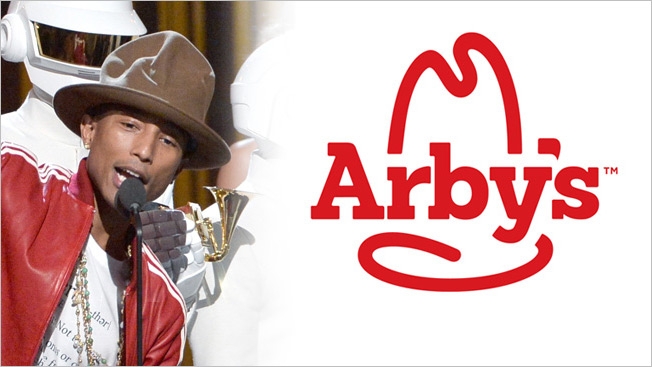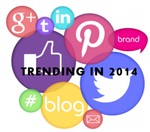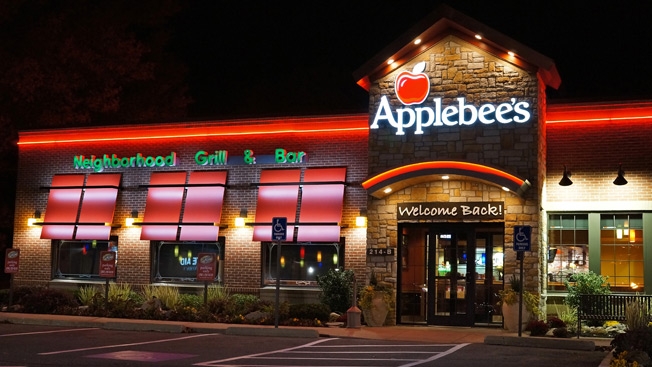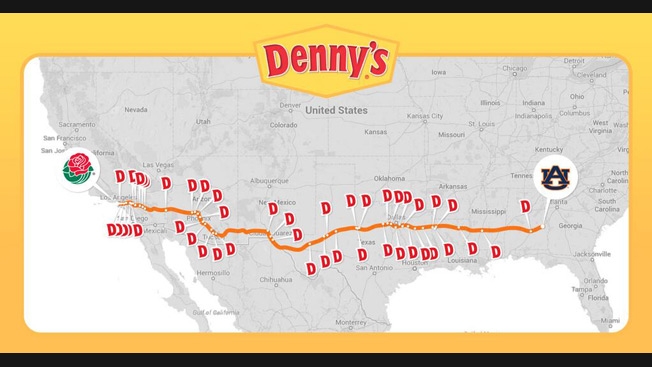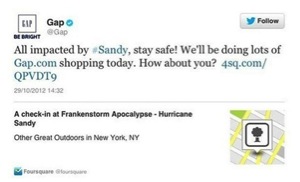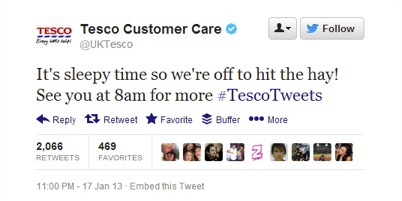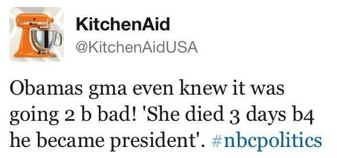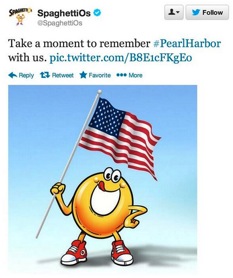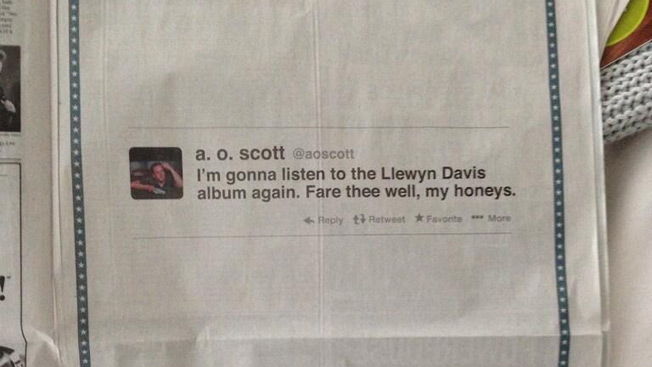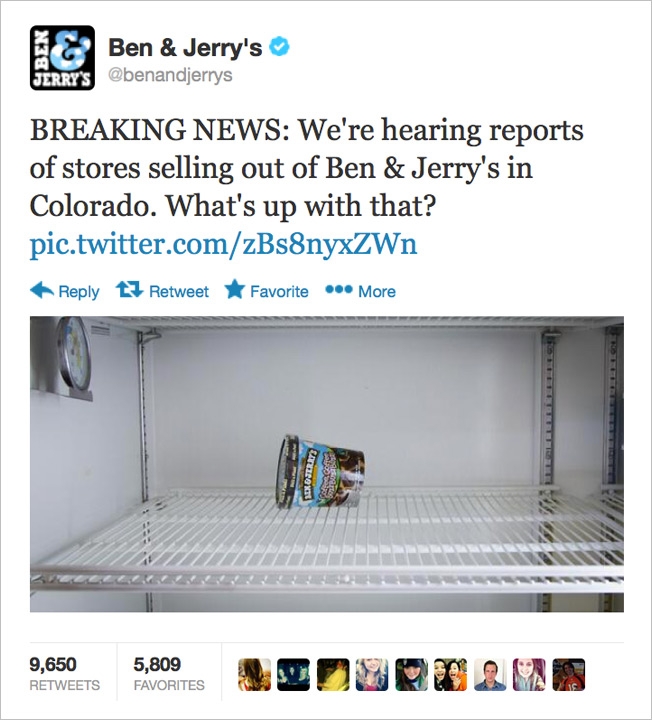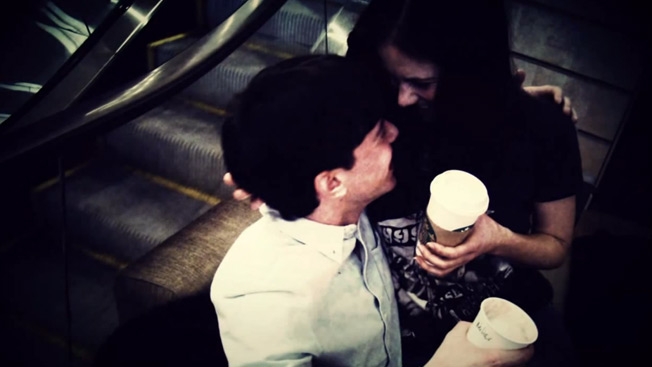
What we've got in Noah, a 17-minute film that debuted at the Toronto International Film Festival this fall, is a riveting take on our failure to communicate despite Facebook, Skype and all manner of digital engagement.
Suspecting that his girlfriend Amy plans to break up with him and start dating a swim-team friend named Dylan, the short film's eponymous high-school-age anti-hero sifts through her private Facebook messages for clues to what's really going on. Alas, the displays of data that dazzle his retinas do him no favors, and his deftly dancing fingers, so skilled and swift at making pixels pop, fail to find the key. Adrift like his Biblical namesake, Noah can't make the right connections. He misinterprets the information, and his hasty decision to dump Amy has sad consequences.
Made by Ryerson University film students Walter Woodman and Patrick Cederberg, the mildly NSFW story takes place mostly on computer and smartphone screens. But this technique, while visually dynamic in and of itself, is no mere gimmick. It provides an intense, insightful window into the dense, multimedia world that teens—and all of us, truth be told—increasingly choose to inhabit.
Like Noah, we create multilayered online identities through photos, videos, playlists, friend directories and address books. Our cyber-lives are formed from selected bits and pieces of ourselves. We pick and choose what to show and share, hide the darker parts, and often invent details, obfuscate and lie to suit our purposes. We create sophisticated noise—music, memes, IMs, Google and Wikipedia searches—to add "meaning" (and the film weaves in such activity to dizzying, devastating effect).
These shadow worlds, rich in imagery, sound and interactivity, provide the illusion of connection and control. Yet many of us are simply lost. That's a lesson Noah learns the hard way. He winds up on Chatroulette, the Web's last refuge for sorry souls, where a random gal tells him, "The only place you can really have a conversation with anyone—like, an honest conversation with anyone—is just with a stranger in the middle of the night."
It's a line that plumbs the depths to which our psyches can plunge, online or off. What's most disturbing to consider about Noah, perhaps, is the extent to which technology can help us deceive ourselves and perpetuate misunderstandings. Digital media extends Noah's immaturity, walling him off from nurturing contact in a realm of sensory overload.
By spending so much time creating online identities and spheres to inhabit, do we begin to lose sight of who we really are? Perhaps Noah's biggest problem is his failure to communicate with himself. His online excursions lead nowhere because the honest conversation he needs to have is with the stranger reflected in the dark screen, in the middle of the night, after he's finally powered down.
Via Co.Create.
Below, we chat with Woodman and Cederberg about some of the themes in Noah and how they made the movie.
Can you tell me about the genesis of the project? Was it inspired by anything from real life?
We were film students at Ryerson University and graduated this April. Noah was our thesis film. … Noah was a combination of different habits we had on the Internet as teens. We were talking about growing up with MSN messenger, ICQ and MySpace, and how our psyches were affected by living with and without all of those things. The film was a genesis of those talks, and an interest in using the computer as a new kind of body language.
How long did it take you to make the film, how much did it cost and what was the toughest part about making it?
The film took us about five or six months from first draft to final cut. A lot of that was building the world of fake Facebook profiles for our characters to inhabit. We had to send messages back and forth as Noah and Amy to fill up the world and make it seem authentic. From there, it was just capturing the video for the Skype and Chatroulette sequences with our actors (and friends), and finally sitting down and choreographing the whole screen capture sequence. It only took us about six takes, but we managed to get the first half of the film done in one continuous take. Altogether, our expenses for the film sat at around $300. Mainly on beer and pizza.
What's the reaction been?
The reaction has really been absurd. Over 2 million people now have seen it on YouTube, which we know is insane for a short film that's 17 minutes long.
There's a bit of "fudging." Noah powers down the Mac midway for dramatic effect, he highlights text for emphasis as he reads, there are zooms. Some commenters call that cheating …
The highlighting of text is actually something we do all the time. Something we do as we read stuff online to keep track of where we are on the page. Noah's navigation patterns are an amalgamation of all of our patterns. As for the zooms, they were the final touch to not only add some character and focus, but as a narrative tool. Originally, we envisioned the film as just a straight full-screen capture. To really just be as "found-footage-y" as possible. That ended up being boring as all hell, so we added the screen movements in order to give personality to the static screen.
I love your use of sounds and silences. The music choices were really effective and add to what's happening on screen. But … Paul McCartney's "Ram On"? Really?
Well, we thought we'd pick Metallica for the intense moment (of a big on-screen revelation), as we know they are usually pretty cool with copyright. As for "Ram On" and the other song choices, we spent a night going through our iTunes playlists and just kept going till we found something that worked. As soon as we put "Ram On" in the film, it just clicked … ha ha.
What were you trying to say, if anything, about our tech-saturated society?
We don’t really have an opinion on tech-addiction. We feel this is more about how the issues we face as young people are the same, only it happens in a different dimension. You are always going to be paranoid that your girlfriend is cheating on you. Facebook is just a tool we use; it's not the problem.
They say computers make us cold, that cyberspace is impersonal, but there's a lot of heart(break) in Noah. He winds up just as hurt as any teen in 2000, 1985 or 1965.
People think that technology makes us different, and it does, but ultimately we are really the same. We all wanna fall in love and be with somebody. Noah being distracted isn't the technologies' fault. Realistically, it is his own immaturity.
In a way, this is a new spin on classic themes. Twenty years ago, two strangers would have had an "honest conversation" in a bar. Today, they do it on Chatroulette. Maybe very little has changed.
We think the first time you meet a girl at a bar, you can really be anyone you want. You can say you're an astronaut, right? The biggest difference from your bar analogy is that on Chatroulette, once you "NEXT" someone they are gone forever. If you tell someone you are an astronaut and want to see that girl again, you are going to have to justify it. You can't just call someone fat or ugly and walk away like you can on Chatroulette. With that platform, it offers you the ability to be extremely honest because there is a 99 percent chance that you will never see that person ever again. So there is this dilemma: Who do I become on Chatroulette? Should I be the person I am … for real with no pretense? Or should I be the person I want to be? Chatroulette allows you to be as honest as you like. It's the ultimate mask.
Some folks have bristled at the offhand negative comment Amy makes about Asians and the discovery about Dylan at the end of the film.
If we believed in the things Amy said, then we would be really awful people. We obviously don't think what she said is appropriate. The whole film was made to feel realistic. The girls at our high school said way worse things than Amy's comment. If it made you cringe, then good—you're a good person. However, it has to be included because like everything in this movie it is supposed to show things almost like a documentary. We can't really talk about problems in our society if we don't do it with some humor. How are we going to analyze these problems if we don't? So when people were saying we were racist … we know we aren't. We are just pointing something out that happens. Same thing kind of goes for Dylan being gay. It's really frustrating that just by saying the word "gay," people immediately think it's insulting. We can't fathom how simply stating that someone is gay is offensive.
All these viewer comments and discussions, pro and con, become part of the film experience. No need to rely on Ebert's reviews like the last generation did. Today's fans can gather online and share the experience. What does this mean for film moving forward?
It was sincerely the best part about putting our film online. A bunch of festivals DQ'd us, but we got to show our film to millions of people. We got to directly engage with people in discussions about something we made. In all honesty, the biggest triumph for us was making it to the front page of Reddit. There were so many people who made video reviews and interpretive dances and that's crazy to think this thing we made for $300 in our apartment has people talking. Asking questions, debating—that's all you can really ask for.
As for critics, we think every YouTuber has an equal opinion to Roger Ebert. We think being a critic is the silliest job somebody could ever have. They've never built any statues for critics, you know? Even though a bunch of people on YouTube with comments like, "Can I have my 17 minutes back?" we think they are all valid. The best part about seeing films is talking about them and hopefully inspiring something new. We think the role of the film critic is withering away and that's a really good thing. If Hook is a 31 percent on Rotten Tomatoes, then we really don't have much faith in what critics think.




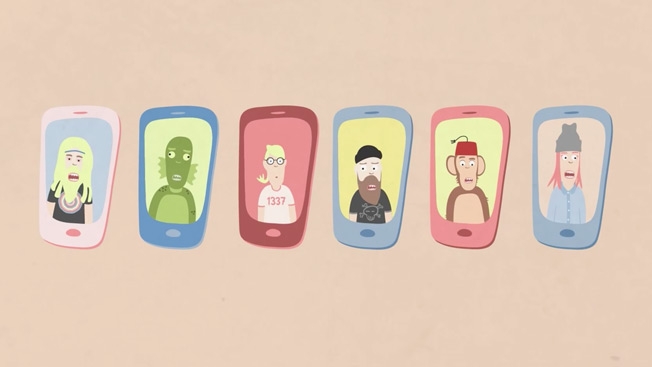
![]()






